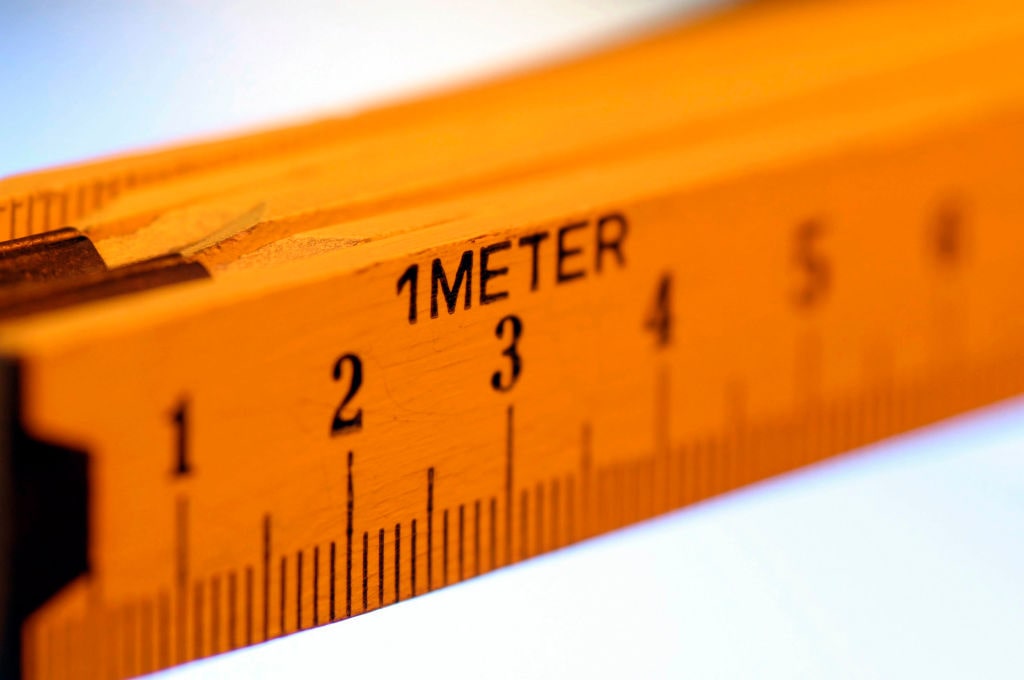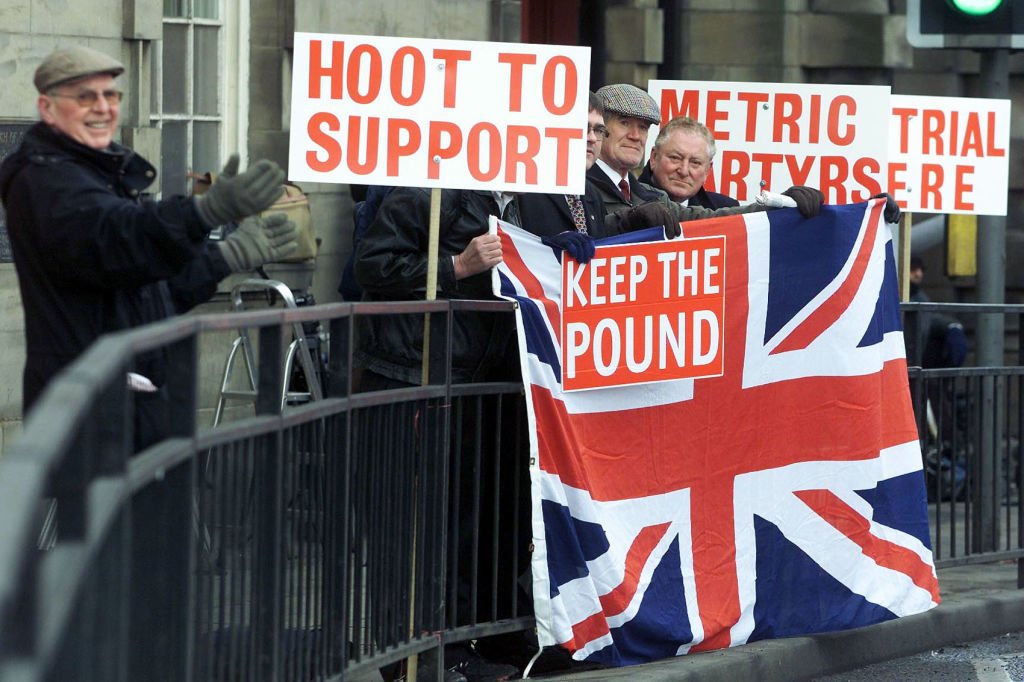-
Animals
- All About Aardvarks – Lesson
- All About Aardvarks – Quiz
- Babirusa – What a Pig! – Lesson
- Babirusa – What a Pig! – Quiz
- The Chimpanzee – The Nearly Human Primate – Lesson
- The Chimpanzee – The Nearly Human Primate – Quiz
- The Donkey – The Intelligent Yet Stubborn Animal – Lesson
- The Donkey – The Intelligent Yet Stubborn Animal – Quiz
- Electric Eels – Shocking Details – Lesson
- Electric Eels – Shocking Details – Quiz
- Ferrets – Playful, Fun-Loving Animals – Lesson
- Ferrets – Playful, Fun-Loving Animals – Quiz
- Giraffe – The Tallest Living Land Animal – Lesson
- Giraffe – The Tallest Living Land Animal – Quiz
- The Hedgehog – Lesson
- The Hedgehog – Quiz
- Iguanas – The “Chickens of the Tree” – Lesson
- Iguanas – The “Chickens of the Tree” – Quiz
- Jaguar – The Largest Cat on the American Continent – Lesson
- Jaguar – The Largest Cat on the American Continent – Quiz
-
Space and Astronomy
- Mars: Just the Beginning? – Lesson
- Mars: Just the Beginning? – Quiz
- Six Billion ‘Earth-like’ Planets in the Milky Way Galaxy? – Lesson
- Six Billion ‘Earth-like’ Planets in the Milky Way Galaxy? – Quiz
- Did NASA Scientists Find Another Universe? – Lesson
- Did NASA Scientists Find Another Universe? – Quiz
- A New Planet Was Discovered – And Old Theories Must Change – Lesson
- A New Planet Was Discovered – And Old Theories Must Change – Quiz
- SpaceX Completes First Civilian Trip to Space – Lesson
- SpaceX Completes First Civilian Trip to Space – Quiz
- First Movie Filmed in Space Successful – Lesson
- First Movie Filmed in Space Successful – Quiz
- James Webb Telescope Heads to Deep Space – Lesson
- James Webb Telescope Heads to Deep Space – Quiz
- A Lot Is Happening on and Around the Moon – Lesson
- A Lot Is Happening on and Around the Moon – Quiz
- First-Ever Picture Taken of the Milky Way’s Black Hole – Lesson
- First-Ever Picture Taken of the Milky Way’s Black Hole – Quiz
- First James Webb Telescope Images Revealed – Lesson
- First James Webb Telescope Images Revealed – Quiz
- Buzz Aldrin Sells Jacket from the Moon Landing – Lesson
- Buzz Aldrin Sells Jacket from the Moon Landing – Quiz
- Humans at Home on the Moon – Could It Really Happen in This Decade? – Lesson
- Humans at Home on the Moon – Could It Really Happen in This Decade? – Quiz
- Winter on Mars – Lesson
- Winter on Mars – Quiz
- Pictures of Mars Show Hidden Figures – Lesson
- Pictures of Mars Show Hidden Figures – Quiz
- Jupiter and Venus Appear to ‘Kiss’ – Lesson
- Jupiter and Venus Appear to ‘Kiss’ – Quiz
- The James Webb Telescope Finds Six Ancient Galaxies – Lesson
- The James Webb Telescope Finds Six Ancient Galaxies – Quiz
- Would an EpiPen Work in Space? – Lesson
- Would an EpiPen Work in Space? – Quiz
- Satellite Spots Earth’s Second Moon? – Lesson
- Satellite Spots Earth’s Second Moon? – Quiz
- Space Mining – The Race is On and China is Leading – Lesson
- Space Mining – The Race is On and China is Leading – Quiz
- How Did Gold and Platinum Arrive on Earth – Lesson
- How Did Gold and Platinum Arrive on Earth – Quiz
- Odysseus Has Found Its New Home – Lesson
- Odysseus Has Found Its New Home – Quiz
-
The Environment
- Red Tide: No Fun in the Florida Sun – Lesson
- Red Tide: No Fun in the Florida Sun – Quiz
- Leaded Gas Eradicated from the World, Says United Nations – Lesson
- Leaded Gas Eradicated from the World, Says United Nations – Quiz
- COVID Plastic Waste: A Big Problem for Oceans – Lesson
- COVID Plastic Waste: A Big Problem for Oceans – Quiz
-
Archaeology and Paleontology
- Ancient Human Species Discovered – Lesson
- Ancient Human Species Discovered – Quiz
- Biblical City of Sodom Found in the Jordan Valley? – Lesson
- Biblical City of Sodom Found in the Jordan Valley? – Quiz
- Antarctic Explorer’s Ship Found After a Century – Lesson
- Antarctic Explorer’s Ship Found After a Century – Quiz
- Newly Found Diary Shows How Ancient Egyptians Built the Pyramids – Lesson
- Newly Found Diary Shows How Ancient Egyptians Built the Pyramids – Quiz
- Study Shows ‘Apocalyptic Dust’ Might Have Killed the Dinosaurs – Lesson
- Study Shows ‘Apocalyptic Dust’ Might Have Killed the Dinosaurs – Quiz
- Ancient Celestial Calendar Found in a 2,000-Year-Old Tomb – Lesson
- Ancient Celestial Calendar Found in a 2,000-Year-Old Tomb – Quiz
- Hiker Stumbles Upon Ancient Fossils While Hiking in Italy – Lesson
- Hiker Stumbles Upon Ancient Fossils While Hiking in Italy – Quiz
-
Technology
- 3 Reasons to Protect Your Online Privacy – Lesson – VIDEO
- The Rise of Deepfakes – Lesson
- The Rise of Deepfakes – Quiz
- A New Mayflower Voyage, Captained by AI Technology – Lesson
- A New Mayflower Voyage, Captained by AI Technology – Quiz
- The Latest Supercomputer Is Breaking Speed Barriers – Lesson
- The Latest Supercomputer Is Breaking Speed Barriers – Quiz
- LNGenZ Survey: What is the Greatest American Invention? – Lesson
- LNGenZ Survey: What is the Greatest American Invention? – Quiz
- School and ChatGPT – Is it Cheating? – Lesson
- School and ChatGPT – Is it Cheating? – Quiz
- Artificial Intelligence Gets an Upgrade? – Lesson
- Artificial Intelligence Gets an Upgrade? – Quiz
- Scientists Plan to Bring the Dodo Bird Back from Extinction – Lesson
- Scientists Plan to Bring the Dodo Bird Back from Extinction – Quiz
- Is There Too Much Technology in Education? – Lesson
- Is There Too Much Technology in Education? – Quiz
- AI Coming to a Keyboard Near You – Lesson
- AI Coming to a Keyboard Near You – Quiz
- Is the NSA Browsing Your Browser History? – Lesson
- Is the NSA Browsing Your Browser History? – Quiz
- AI Can’t Compete With People Skills – Lesson
- AI Can’t Compete With People Skills – Quiz
- How Social Media Is Hazardous to Generation Z – and Beyond – Lesson
- How Social Media Is Hazardous to Generation Z – and Beyond – Quiz
- Surgeon General’s Warning for Social Media – Lesson
- Surgeon General’s Warning for Social Media – Quiz
- Pay With Your Face: Is the End of Cash Nigh? – Lesson
- Pay With Your Face: Is the End of Cash Nigh? – Quiz
- Can Artificial Intelligence Really End Cancer? – Lesson
- Can Artificial Intelligence Really End Cancer? – Quiz
-
Mind and Body
- Teen Scientist’s Invention Mixes Music with Mental Health – Lesson
- Teen Scientist’s Invention Mixes Music with Mental Health – Quiz
- Man Receives First Pig Heart Transplant – Lesson
- Man Receives First Pig Heart Transplant – Quiz
- Sniffing Out the Truth About Smells – Lesson
- Sniffing Out the Truth About Smells – Quiz
- The Power of Playtime – Lesson
- The Power of Playtime – Quiz
- Is Language Getting More Emotional? – Lesson
- Is Language Getting More Emotional? – Quiz
- Scientists Say Household Chores Help Kids’ Brains – Lesson
- Scientists Say Household Chores Help Kids’ Brains – Quiz
- Transplant of Pig Kidney Into a Human Successful So Far – Lesson
- Transplant of Pig Kidney Into a Human Successful So Far – Quiz
- The Lack of a College Degree Is Shortening Lifespans – Lesson
- The Lack of a College Degree Is Shortening Lifespans – Quiz
-
Flora and Fauna
- Dogs Can Tell When Humans Make a Mistake, Says Study – Lesson
- Dogs Can Tell When Humans Make a Mistake, Says Study – Quiz
- Jonathan: The World’s Oldest Living Tortoise – Lesson
- Jonathan: The World’s Oldest Living Tortoise – Quiz
- The Monarch Butterfly Makes a Surprise Return – Lesson
- The Monarch Butterfly Makes a Surprise Return – Quiz
- Bat Falcon Spotted in the United States for the First Time – Lesson
- Bat Falcon Spotted in United States for the First Time – Quiz
- Charles Darwin’s Notebooks Mysteriously Returned after 20 Years – Lesson
- Charles Darwin’s Notebooks Mysteriously Returned after 20 Years – Quiz
- Six Endangered Red Wolf Pups Born in Wildlife Refuge – Lesson
- Six Endangered Red Wolf Pups Born in Wildlife Refuge – Quiz
- Scientists Record Never-Before-Heard Whale Call – Lesson
- Scientists Record Never-Before Heard Whale Call – Quiz
- Underwater Meadow Gets Credit as the World’s Largest Living Plant – Lesson
- Underwater Meadow Gets Credit as the World’s Largest Living Plant – Quiz
- Scientists Trying to Bring the Tasmanian Tiger Back from Extinction – Lesson
- Scientists Trying to Bring the Tasmanian Tiger Back from Extinction – Quiz
- Jurassic Era Insect Found at Arizona Walmart – Lesson
- Jurassic Era Insect Found at Arizona Walmart – Quiz
- The Comeback of the Nearly Extinct Earless Lizard – Lesson
- The Comeback of the Nearly Extinct Earless Lizard – Quiz
- A Strange Golden Orb Found on the Ocean Floor Is Alive! – Lesson
- A Strange Golden Orb Found on the Ocean Floor Is Alive! – Quiz
- Peanut: The Pet Chicken With a World Record – Lesson
- Peanut: The Pet Chicken With a World Record – Quiz
-
Mathematics
- Metric vs. Imperial: A Weighty Debate in Britain – Lesson
- Metric vs. Imperial: A Weighty Debate in Britain – Quiz
- The Abacus is Helping Kids Master Math Skills – Lesson
- The Abacus is Helping Kids Master Math Skills – Quiz
- Retired Engineer Discovers ‘Einstein’ Shape – Lesson
- Retired Engineer Discovers ‘Einstein’ Shape – Quiz
Metric vs. Imperial: A Weighty Debate in Britain – Lesson

(Photo by plus49/Construction Photography/Avalon/Getty Images)
Feet, inches, and pounds may be making a comeback in Britain.
Politics can influence so many areas of life – even things you might not expect, like weights and measures. In the United Kingdom, the British government has said that traditional imperial weights and measures may be making a comeback to shops across the land.
For a few decades, Britain belonged to the European Union (E.U.) – a group of countries in Europe that share some laws. In January 2020, Britain officially left the group. Now that it has left, Britain can bring back some of its old customs.
The Metric System
The E.U. has a law that states metric measurements must be displayed. If imperial measures are being used, the metric ones must be visible, too.

Steve Thoburn (right) was prosecuted for selling his goods in pounds and ounces (Photo by Owen Humphreys – PA Images/PA Images via Getty Images)
The metric system is a system of weights and measures invented in France in 1795, shortly after the French Revolution. Metric measurements use a very regular system, based on divisions of ten.
Millimeters, centimeters, meters, and kilometers are used to measure distance. There are ten millimetres in a centimeter, 100 centimeters in a meter, and 1,000 metres in a kilometer.
Grams and kilograms measure weight (a kilogram equals 1,000 grams).
Millileters and liters are used to measure volume – with 1,000 millileters in a liter.
Almost every country in the world now uses the metric system, since it is very standardized and regular. Many countries use it in combination with their old ways. For example, most people in the U.S. still use the imperial system, but some special fields use metric – for example, medicine can be measured in “milligrams.”

Supporters of Steve Thoburn outside Sunderland Magistrates Court (Photo by Owen Humphreys – PA Images/PA Images via Getty Images)
The Legal Aspect
Now, it seems that pounds, ounces, and inches have a chance to come back in Britain.
In 1995, E.U. law said businesses in Britain had to display metric as well as the imperial measurements. Now that the United Kingdom is no longer a member of the club, some argue that there is no need to continue using metric – or keep following the E.U.’s other laws. Some are proposing that the law on metrics should be repealed.
The Arguments
Some argue that young people have grown up using the metric system and that going back to imperial would just make life difficult. However, the change would only mean that business owners can choose freely to display one, or the other, or both. If people want to keep using metric, they can – but they won’t have to.

Ancient Roman road Via della Fortuna (Street of Fortune). (Photo by: Universal History Archive/Universal Images Group via Getty Images)
What about the argument about a burden on folks who grew up using metric? Well, the language of imperial measurements never really went away. When people discuss height, most use feet and inches. All British road distances and speed limits are displayed in miles rather than kilometers.
A Legacy of Language
There is a lot of history and culture in the old measurement systems. For example, the mile came to the United Kingdom through the ancient Romans, who measured 1,000 paces as mille passus, from the Latin mille (thousand).
The language of pounds, ounces, inches, and feet is so deep in the culture that it would be impossible to switch systems entirely from one to the other. The reverse is also true – it would be a mighty task to convince folks not to use meters. Should people have the freedom to use both?